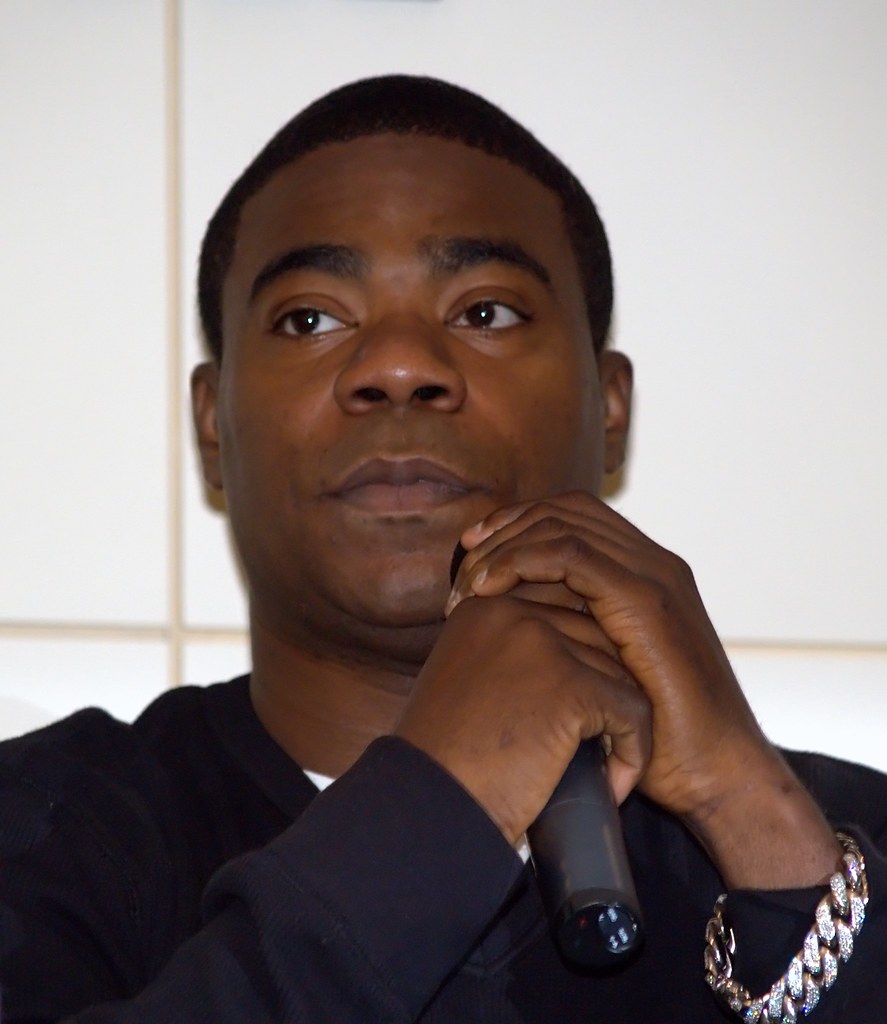
Larry Page, a figure whose name is intrinsically linked with the digital revolution, has profoundly influenced the landscape of modern technology through his co-founding of Google and his visionary leadership. His journey, from a humble garage in Menlo Park to the helm of one of the world’s most powerful corporations, exemplifies a relentless pursuit of innovation and a unique approach to organizing information. Page’s narrative is not just a tale of entrepreneurial success; it’s a testament to how an audacious idea can fundamentally reshape global access to knowledge and communication.
Born into an academic environment, Page’s early life fostered a deep curiosity for computer science and a non-conformist spirit. This distinctive blend of rigorous intellect and creative freedom allowed him to envision possibilities that others missed, forming the bedrock of Google’s expansive mission. This article explores the pivotal moments and defining philosophies of Larry Page’s career, tracing his path from an inquisitive child to a tech titan and examining the strategic decisions that underpinned Google’s remarkable ascent.
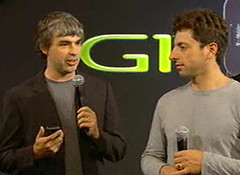
1. **Early Influences and Montessori Education**Larry Page’s formative years were significantly shaped by his family environment and educational experiences. Born on March 26, 1973, in East Lansing, Michigan, he grew up with both parents, Gloria and Carl Page, serving as computer science professors at Michigan State University. Their home was a stimulating hub filled with computers and tech magazines, providing Page with early, consistent exposure to the nascent world of digital technology and fostering an innate curiosity for complex systems from a young age.
A key influence on Page’s development was his enrollment in a Montessori school, a pedagogical approach known for encouraging self-directed learning and independence. Page himself has explicitly stated that this “training of not following rules and orders, and being self-motivated and questioning what’s going on in the world” profoundly impacted his personal attitude and professional methodology. This educational foundation instilled in him a critical spirit of autonomy and inquiry, which became defining characteristics of his leadership at Google.
Beyond academics, Page’s engagement with music, specifically playing the saxophone, also contributed to his developmental mosaic. He has suggested that his musical training played a role “to the high-speed legacy of Google,” implying that the discipline and structural understanding gained from music might have subtly influenced his approach to system efficiency and coordination. This unique combination of technical immersion, independent learning, and artistic expression laid a distinct groundwork for his future as a revolutionary innovator.
Read more about: Ruth Paine’s Enduring Witness: A Deep Dive into the Life of a Key Figure in the Kennedy Assassination
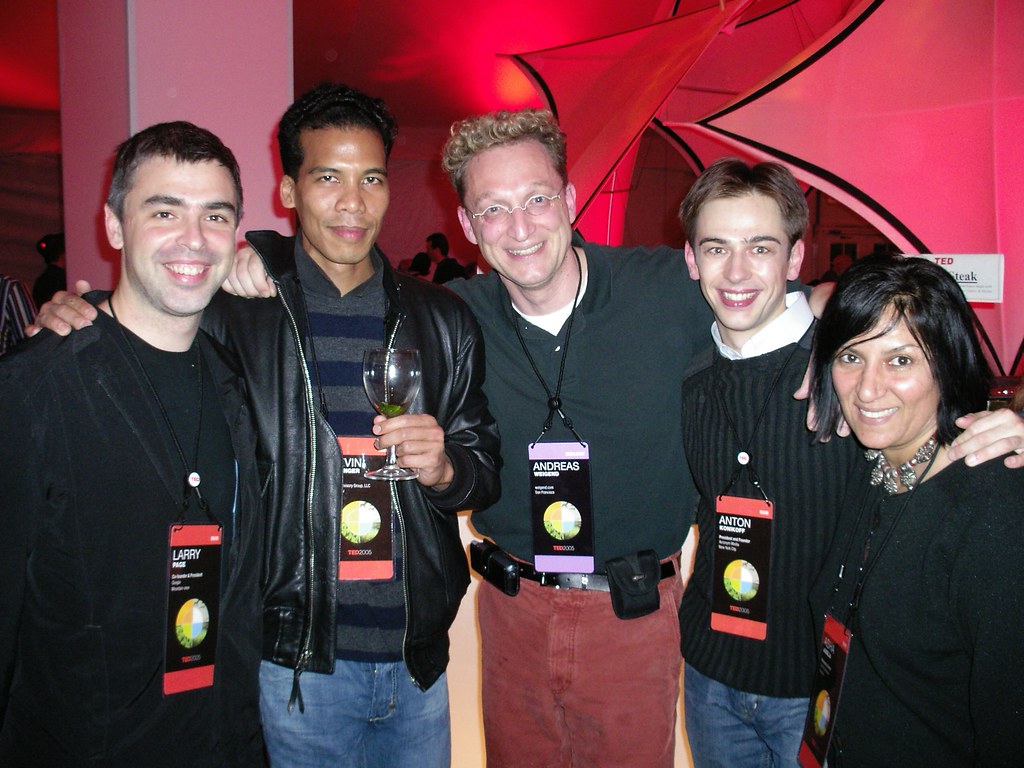
2. **The Tesla Inspiration and Entrepreneurial Drive**At the age of 12, Larry Page encountered a biography of Nikola Tesla, a moment that proved profoundly impactful on his developing entrepreneurial mindset. Tesla, a brilliant inventor whose innovations in alternating current electricity were world-changing, tragically died in obscurity and debt. This narrative deeply moved Page, revealing a crucial lesson about the journey from invention to widespread impact.
The biography imparted a fundamental truth to Page: pure invention, no matter how brilliant, is insufficient if it cannot be successfully disseminated and commercialized. He reflected, “I figured that inventing things wasn’t any good,” continuing, “You really had to get them out into the world and have people use them to have any effect.” This early realization highlighted the critical symbiotic relationship between groundbreaking ideas and the practical means of bringing them to the public.
Years later, Page reiterated this conviction at a 2014 TedX conference, explicitly referencing Tesla to underscore his point. He emphasized the necessity to “combine both things […] invention and innovation focus, plus […] a company that can really commercialize things and get them to people.” This philosophy became a cornerstone of his approach at Google, ensuring that every ambitious technological endeavor was paired with a strategy for universal accessibility and utility.
Read more about: 12 Automotive Legends Who Drove Innovation and Changed the Game Forever
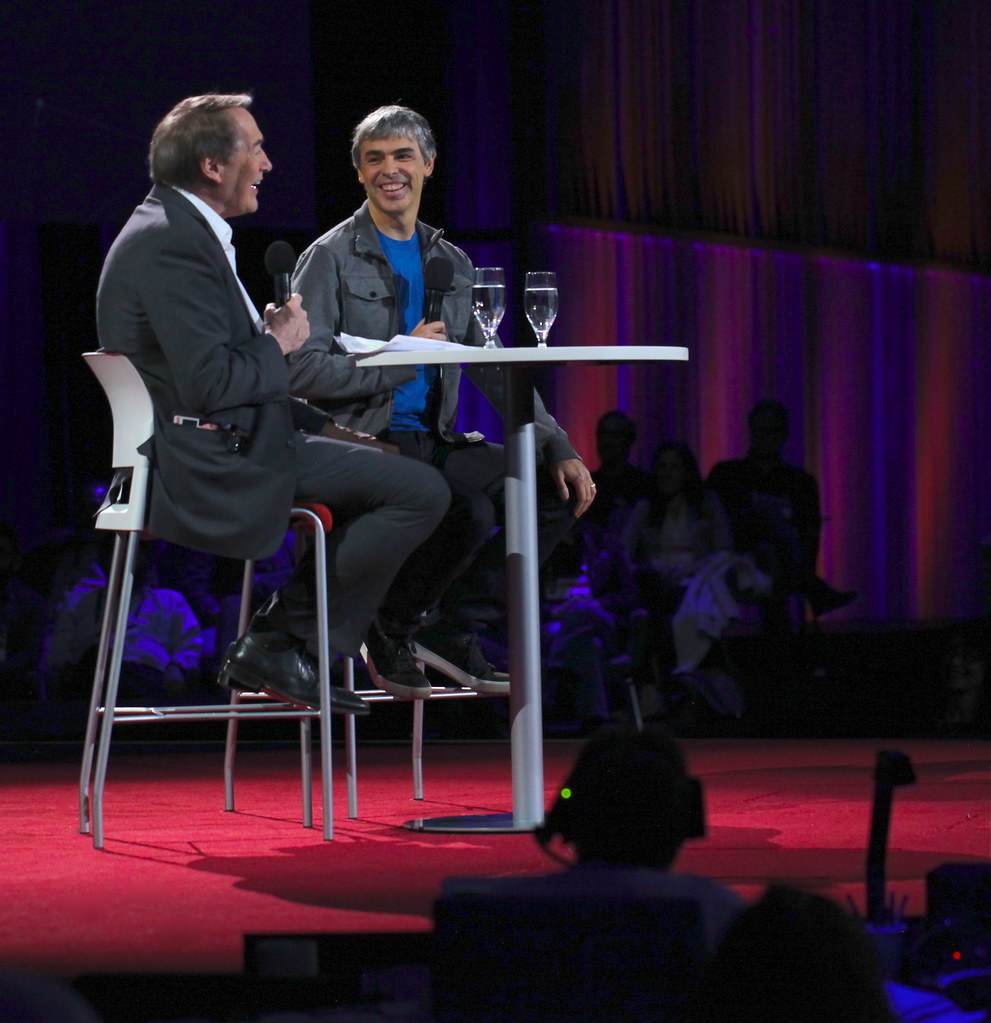
3. **The Genesis of Google: From BackRub to Billions**Larry Page’s journey to founding Google commenced during his PhD studies at Stanford University, where he met Sergey Brin in 1995. Their shared interest in organizing the vast, unstructured data of the nascent Internet led to a revolutionary idea. At 23, Page conceived a method to rank webpages not just by word count, but by tracking “backing links,” an algorithm they named PageRank, which determined a page’s authority based on its connections.
This innovative concept quickly evolved from an academic project, initially called “BackRub,” into a full-fledged company. In 1998, they incorporated Google, Inc., deriving the name from “googol”—a mathematical term for one followed by a hundred zeros, symbolizing their mission to organize immense data. Their operational headquarters was famously the garage of their friend Susan Wojcicki’s Menlo Park home, rented for $1,700 a month, marking a quintessential Silicon Valley origin story.
Early funding was secured through persistence, with Brin and Page “scrap[ing] together enough to buy some servers” from faculty, family, and friends. A key investment came from Sun Microsystems co-founder Andy Bechtolsheim, who wrote a $100,000 cheque to “Google, Inc.” before its official incorporation. By June 2000, Google had indexed an astounding one billion Internet URLs, rapidly establishing itself as the most comprehensive search engine available and transforming from a startup into a formidable internet force.
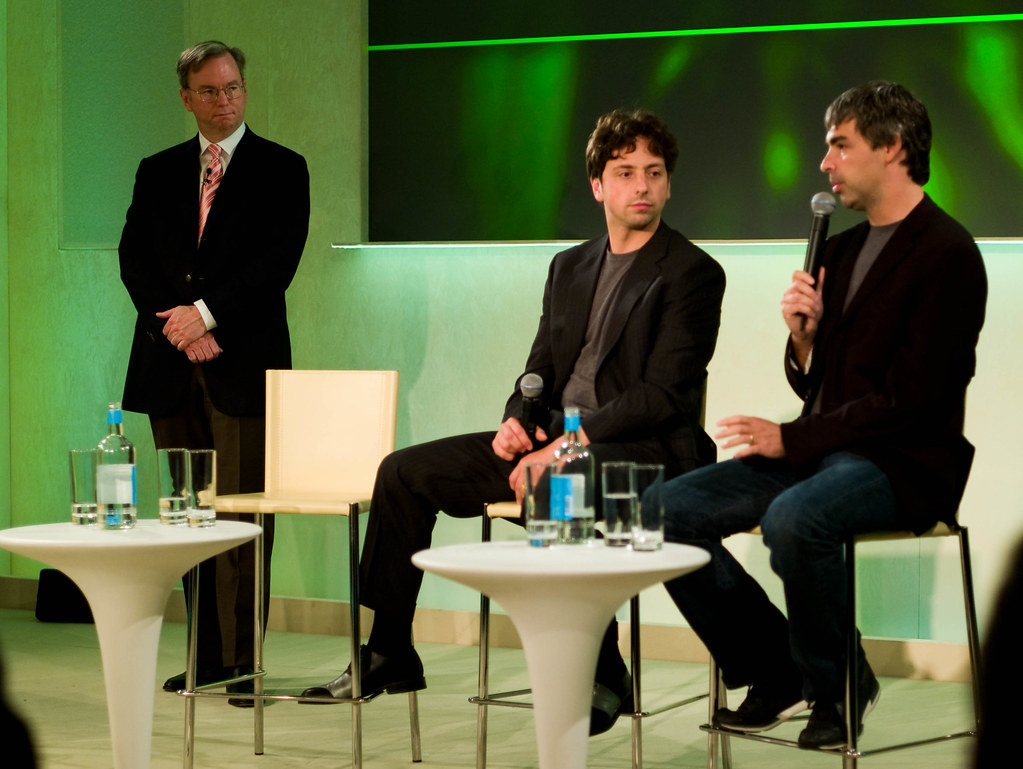
4. **Larry Page’s Initial CEO Tenure and Management Philosophy**During his first tenure as CEO, from Google’s incorporation in 1998, Larry Page immediately sought to instill a unique operational ethos, deeply rooted in his engineering background and a passion for efficiency. His leadership was marked by a distinct vision for streamlining processes and removing perceived inefficiencies. He believed strongly in direct technical oversight for technical projects, leading to some radical proposals aimed at optimizing the company’s structure.
A notable example of this philosophy was Page’s attempt in 2001 to fire all of Google’s project managers. His plan envisioned all engineers reporting to a VP of Engineering, who would then report directly to him. Page explained his dislike for non-engineers supervising engineers, citing their “limited technical knowledge.” While this specific model was deemed “unsustainable” and caused “disgruntlement,” his underlying conviction about the importance of technically informed management resonated within the company.
Page also codified his management tenets, advocating for rapid execution and minimal bureaucracy. He urged individuals to “Do not delegate: Do everything you can yourself to make things go faster” and to “Do not be a bureaucrat.” He prioritized “Ideas…more important than age,” fostering an environment where junior employees felt respected. His profound focus on speed also influenced product design, with Page fretting “over milliseconds” and pushing for Google’s famously sparse homepage to ensure faster loading times, prioritizing user experience above all.
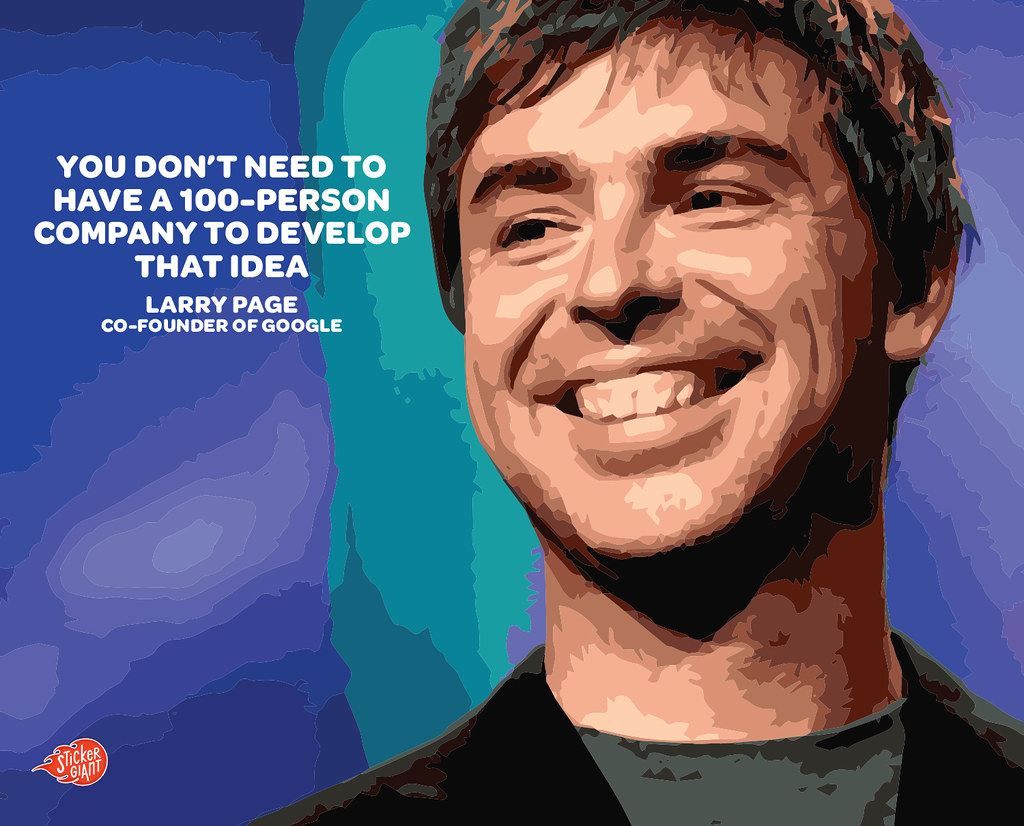
5. **The Strategic Shift: Stepping Down for Growth and IPO Success**As Google scaled rapidly, attracting substantial investment, a pivotal leadership change became necessary. Prior to Kleiner Perkins and Sequoia Capital investing $50 million, they pressured Larry Page to step down as CEO, believing a more experienced leader was crucial to build a “world-class management team” and prepare for an IPO. Page, after consulting with other technology CEOs like Steve Jobs, became receptive to the idea, recognizing the strategic benefits of seasoned executive guidance.
Consequently, Eric Schmidt, initially hired as Google’s chairman in March 2001, assumed the CEO role in August of the same year, transitioning from his position at Novell. Page, in turn, moved to become President of Products. Under Schmidt’s leadership, Google experienced a decade of remarkable growth, culminating in its initial public offering (IPO) on August 20, 2004. Schmidt, however, always operated “in consultation with Page and Brin,” ensuring the co-founders’ vision remained central.
Despite his change in title, Page’s influence remained profound; he was still considered “the boss at Google in the eyes of the employees” and retained “final approval on all new hires.” Critically, it was Page who provided “the signature for the IPO,” an act that, at the age of 30, made him a billionaire. This strategic shift allowed Google to mature under experienced operational leadership while Page focused on long-term product vision, ultimately paving the way for its monumental success.
Read more about: Remembering 2005? A Deep Dive into Google’s Transformative Evolution from Search to Global Tech Empire

6. **Pioneering Mobile: The Visionary Acquisition of Android**In 2005, Larry Page made a groundbreaking strategic move that would redefine Google’s trajectory and the entire mobile industry: the acquisition of Android for $50 million. This decision was driven by Page’s ambitious vision to democratize access to information, aiming to put “handheld computers in the possession of consumers so that they could access Google anywhere.” He keenly anticipated a future where mobile technology would be ubiquitous, making this acquisition a proactive step into an emerging market.
Notably, Page executed this critical purchase “without Schmidt’s knowledge,” showcasing his independent strategic conviction in Android’s long-term potential. Eric Schmidt, the then-CEO, was not concerned by the “relatively small acquisition,” likely due to Page’s clear foresight into the mobile landscape. Page’s passion for the platform was immediate, leading him to dedicate significant time working closely with Android CEO and cofounder Andy Rubin to develop and integrate the operating system into Google’s broader strategy.
The immense success of this acquisition became evident rapidly. By September 2008, the T-Mobile G1 launched as the first phone featuring Android software, marking its commercial debut. The platform’s open-source nature quickly garnered momentum, leading to a pivotal moment in 2010 when Android sales secured “17.2% of the handset market,” surpassing Apple for the first time. Shortly thereafter, Android became “the world’s most popular mobile operating system,” fulfilling Page’s vision and solidifying Google’s dominant presence in the mobile computing era.
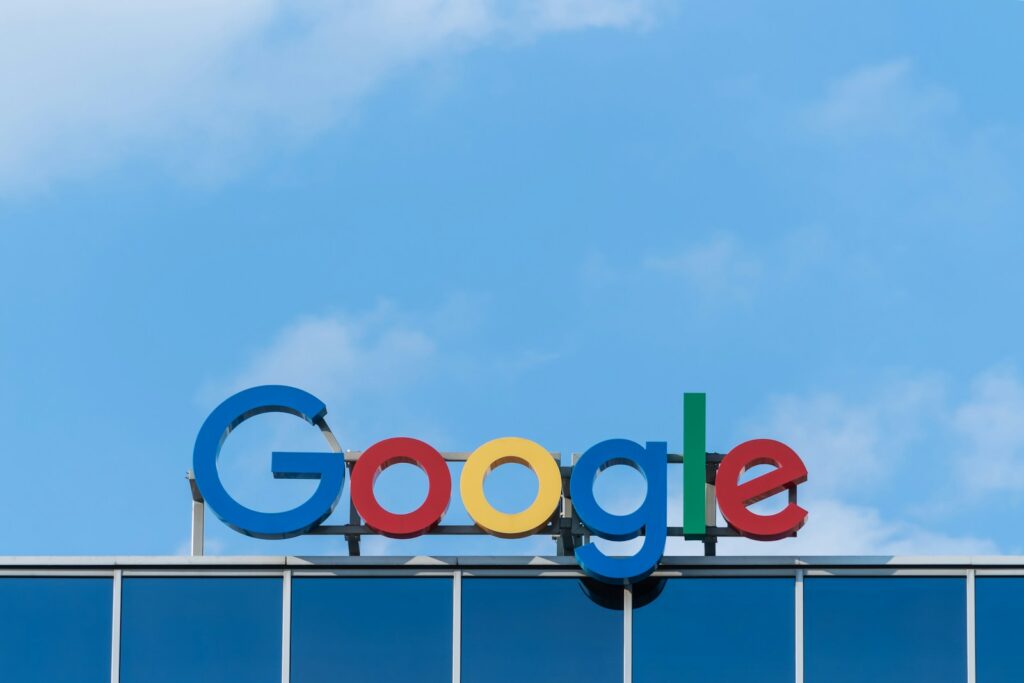
7. **The Second Coming: Larry Page’s Return as Google CEO and Vision for Unity**After an announcement in January 2011, Larry Page officially returned as Google’s Chief Executive on April 4, 2011, with Eric Schmidt transitioning to executive chairman. At this juncture, Google was a colossal entity with “over $180 billion market capitalization” and “more than 24,000 employees,” representing a dramatic increase from its startup days. Page’s return marked a renewed focus on internal dynamics and a strategic push for greater operational coherence within the vast company.
Page articulated two primary objectives for his second CEO tenure: fostering “greater autonomy for the executives overseeing the most important divisions” and achieving “higher levels of collaboration, communication, and unity among the teams.” To realize this, he implemented structural changes, including forming the “L-Team” of senior vice-presidents who reported directly to him and worked near his office. He also reorganized senior management, appointing “CEO-like manager[s] at the top of Google’s most important product divisions,” empowering them with increased authority.
A significant philosophical shift was Page’s declaration of a “zero tolerance for fighting” policy, a marked contrast to his earlier acceptance of “harsh and intense arguments with Brin.” He concluded that “ambitious goals required a harmonious team dynamic,” recognizing that intense, unmanaged conflict could impede large-scale innovation. This commitment to internal unity, coupled with an initiation to “consolidate and underwent an aesthetic overhaul” of Google’s products, laid the groundwork for a more integrated and aesthetically cohesive user experience across the company’s extensive offerings.
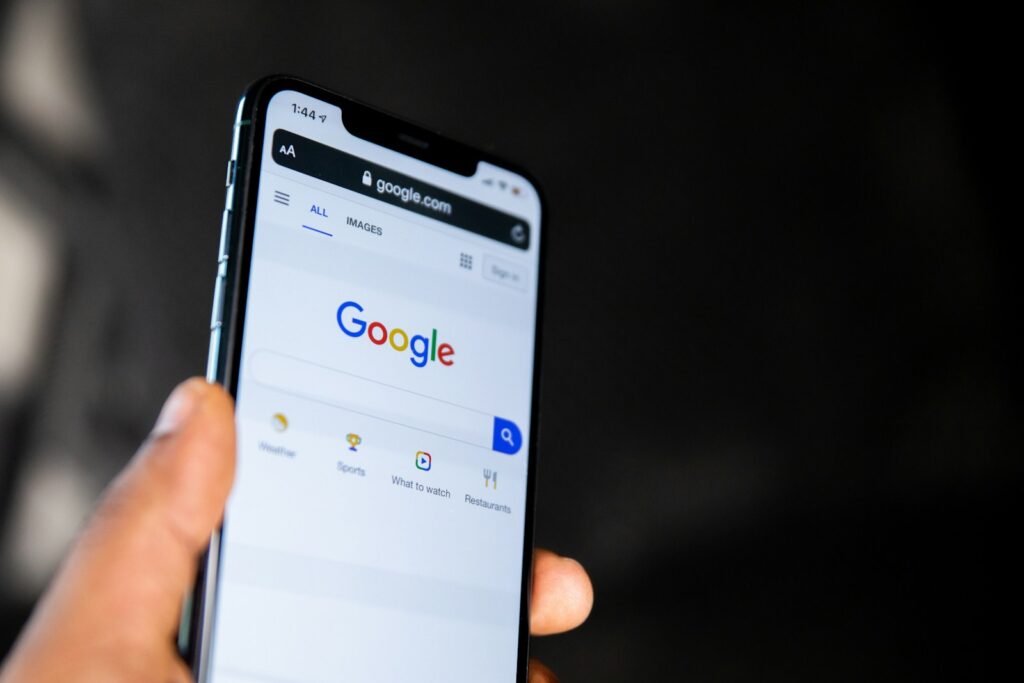
8. **Consolidating Products and “Project Kennedy” for Design Unity**Following his return as Google’s Chief Executive in April 2011, Larry Page embarked on a significant initiative to foster “higher levels of collaboration, communication, and unity among the teams.” This vision translated into a comprehensive effort to consolidate and undergo an “aesthetic overhaul” of Google’s extensive suite of products and applications. The company aimed to streamline its offerings, a process that ultimately led to the shutdown of at least 70 products, features, and services by March 2013, unifying the appearance and nature of the remaining ones.
This extensive redesign, officially launched on the same day Page reassumed the CEO role, was internally codenamed “Project Kennedy” by Jon Wiley, then lead designer of Google Search. The nomenclature reportedly drew inspiration from Page’s use of the term “moonshots” to describe ambitious projects, a concept he articulated in a January 2013 Wired interview. Matias Duarte, senior director of the Android user experience, affirmed in 2013 that “Google passionately cares about design,” a sentiment that Page deeply championed in his drive for a coherent product identity.
Previous attempts, such as an initiative named “Kanna,” had struggled to achieve a uniform design aesthetic across Google’s diverse product range due to the company’s historical size and complexity. Page, however, was resolute, consulting with the Google Creative Lab design team in New York City to envision a cohesive corporate design language. The results of “Project Kennedy,” which were progressively introduced from June 2011 to January 2013, were characterized by technology publication The Verge as focusing on “refinement, white space, cleanliness, elasticity, usefulness, and most of all simplicity.”
Duarte described “Kennedy” as a “design revolution,” aligning with Page’s objective for a consistent suite of products designed to “move fast.” This transformative project led to the formation of the “UXA” (user/graphics interface) design team. This small, unpublicized unit was tasked with “designing and developing a true UI framework that transforms Google’s application software into a beautiful, mature, accessible and consistent platform for its users,” ensuring that the principles of “Kennedy” became an enduring “institution” within Google’s development philosophy.
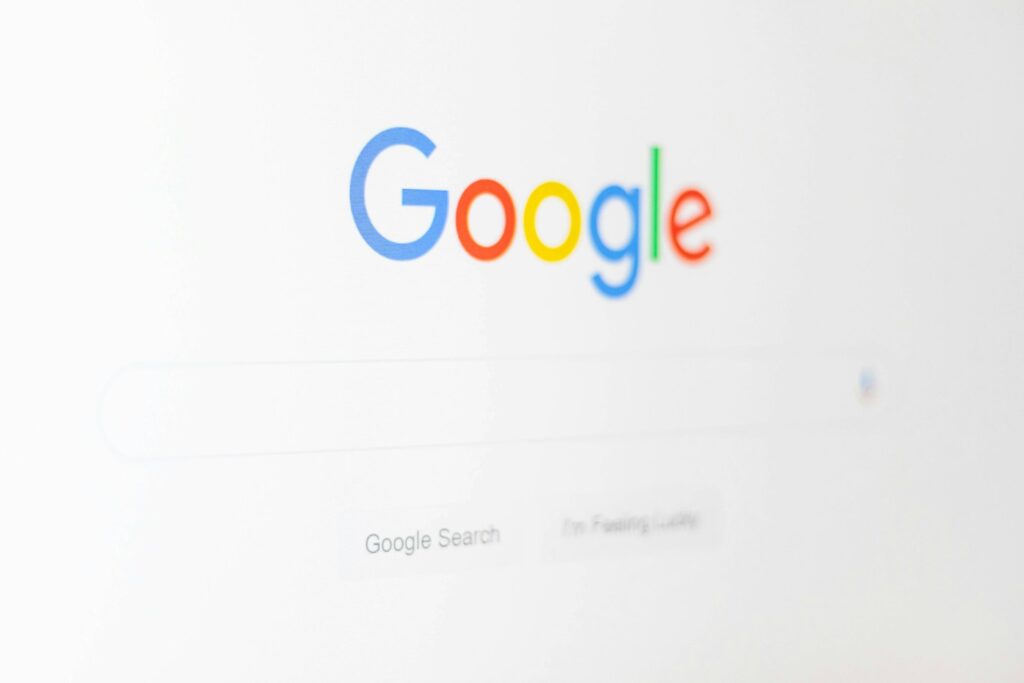
9. **Acquisition Strategy: The “Toothbrush Test” and Responding to Social Media**Larry Page’s approach to strategic acquisitions during his second tenure as CEO was guided by a distinct philosophical criterion he termed the “toothbrush test.” When evaluating potential companies or products for Google to acquire, Page famously posed the question: “Is it something you will use once or twice a day, and does it make your life better?” This unique lens prioritized the inherent utility and long-term societal benefit of an innovation over immediate financial profitability, a perspective noted as uncommon in conventional business acquisition processes.
This “toothbrush test” underscored Page’s enduring commitment to integrating technology seamlessly and beneficially into daily life, aiming for widespread user adoption and genuine enhancement of user experience. His vision extended beyond mere market expansion; it sought to acquire and nurture technologies that could profoundly improve accessibility and utility, aligning with Google’s foundational mission to organize information and make it universally accessible and useful.
During this period, Google also faced intensifying competition from rapidly expanding social media platforms, particularly Facebook. In response to this dynamic shift in the digital landscape, Page championed the development of Google’s own social network, Google+, which was released in mid-2011 after several delays. Led by Vic Gundotra, then Google’s senior vice president of social, Google+ was introduced through a limited field test, marking Google’s determined effort to establish a significant presence in the burgeoning social networking arena.
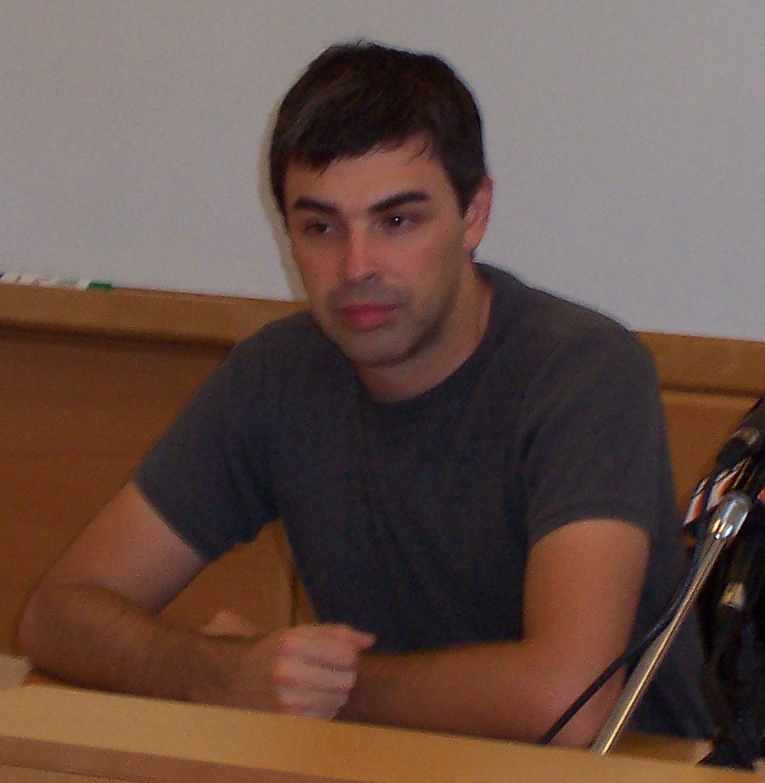
10. **The Strategic Acquisition of Motorola Mobility: Patent Protection for Android**A pivotal strategic decision under Larry Page’s renewed leadership was Google’s announcement in August 2011 to acquire Motorola Mobility for $12.5 billion. This significant investment was primarily motivated by Google’s critical need to secure an extensive portfolio of patents to protect its rapidly growing Android operating system from increasing legal challenges. Companies, notably Apple Inc. and Microsoft, were engaging in what Page described as “anti-competitive patent attacks” on Android, creating a pressing need for a robust defensive strategy.
Page articulated the rationale for this acquisition in a post on Google’s official blog on August 15, 2011. He highlighted the concerted efforts by competitors to undermine Android through intellectual property litigation, stating that “companies including Microsoft and Apple are banding together in anti-competitive patent attacks on Android.” He further noted the intervention of the United States Department of Justice in a recent patent auction, which aimed to “protect competition and innovation in the open source software community,” underscoring the severity of the threat.
The acquisition, Page explained, was intended to “increase competition by strengthening Google’s patent portfolio,” thereby enabling Google “to better protect Android from anti-competitive threats from Microsoft, Apple and other companies.” This move underscored Page’s foresight in anticipating and addressing the legal battleground that was emerging in the mobile technology sector, aiming to safeguard the open-source nature and widespread adoption of Android.
Despite the clear strategic imperative behind the acquisition, the financial outcome proved challenging. In 2014, Page oversaw the sale of Motorola Mobility to the personal computer manufacturer Lenovo for $2.9 billion. This transaction resulted in a substantial loss of $9.5 billion in value over a two-year period, illustrating the inherent complexities and financial risks associated with large-scale strategic acquisitions, even when driven by critical defensive motivations.
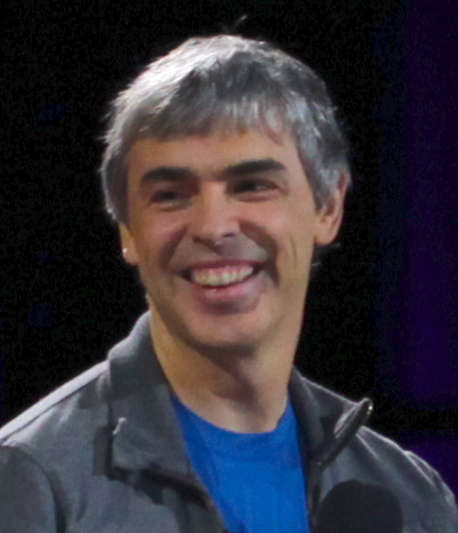
11. **Expanding into Hardware and the “10X” Mentality for Innovation**Beyond software development and strategic acquisitions, Larry Page also guided Google into the realm of hardware, diversifying its product offerings. A notable manifestation of this expansion was the introduction of the Chromebook in May 2012. This hardware product was a laptop designed to operate on ChromeOS, Google’s proprietary operating system. The Chromebook represented a direct entry into the competitive personal computing market, signifying Google’s ambition to control both the software and hardware components of the user experience.
This venture into hardware was a tangible reflection of Page’s deeply ingrained “10X” mentality within Google’s corporate culture. Astro Teller, the head of Google X, elaborated on this philosophy in a January 2013 Wired interview, stating that “10X is just core to who he [Page] is.” This expectation mandated that Google employees strive to create products and services that were at least ten times superior to existing alternatives, fostering a culture of radical, rather than incremental, improvement.
In the same interview, Page himself articulated his commitment to audacious innovation, remarking, “If you’re not doing some things that are crazy, then you’re doing the wrong things.” He cited the monumental successes of YouTube and Android as prime examples of “crazy” ideas that, despite initial skepticism from investors, ultimately transformed industries. These examples underscored his conviction that true technological breakthroughs often emerge from unconventional thinking, a philosophy he actively promoted throughout the company.
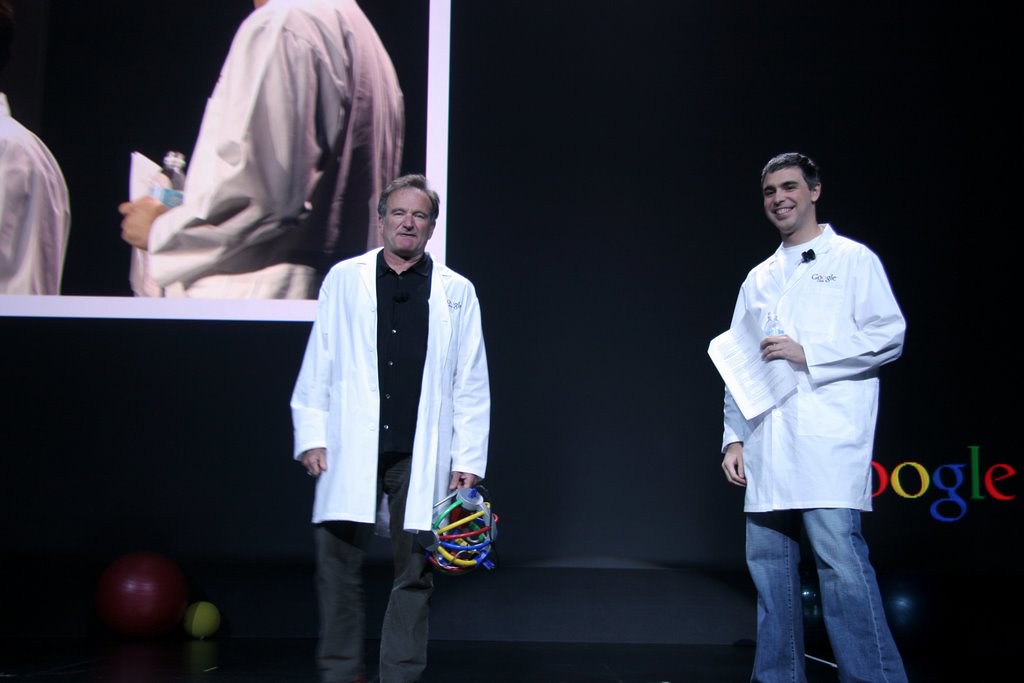
12. **Pioneering “Moonshot” Projects and the Calico Initiative**Larry Page’s leadership during his second CEO tenure increasingly emphasized “moonshot” projects—ambitious, long-term initiatives aimed at solving grand global challenges through groundbreaking technologies. These ventures, frequently nurtured within Google X, exemplified his profound belief in pushing the boundaries of technological possibility. The aforementioned “10X” mentality, demanding improvements far exceeding existing solutions, was the foundational principle driving these far-reaching endeavors.
A significant demonstration of this “moonshot” thinking was the launch of the independent Calico initiative in September 2013. Calico was established as a dedicated research and development project focused on biotechnology, with the express goal of innovating and making substantial advancements in the field of human health. This marked a profound strategic diversification of Google’s interests, extending beyond its core internet services into the complex domain of life sciences.
To spearhead this pioneering effort, Google appointed Art Levinson, who served as chairman of Apple’s board and former CEO of Genentech, as Calico’s Chief Executive Officer. Page’s official statement concerning Calico underscored his personal conviction and the project’s ambitious scope: “Illness and aging affect all our families. With some longer term, moonshot thinking around healthcare and biotechnology, I believe we can improve millions of lives.” This initiative exemplified Page’s willingness to commit significant resources to areas with immense, albeit long-term and uncertain, potential.
Page further elaborated on his broader vision for corporate innovation at a March 2014 TedX conference. He observed that corporations often receive a “bad rap” because they tend to replicate the “same incremental things they were doing 50 or 20 years ago.” He sharply contrasted this with Google’s proactive commitment to “driving technology innovation at a high rate” to prevent organizational “calcification.” He cited Elon Musk and SpaceX’s ambition to “go to Mars to back up humanity” as an example of a “worthy goal,” suggesting his desire for Google to contribute more significantly to such grand challenges.
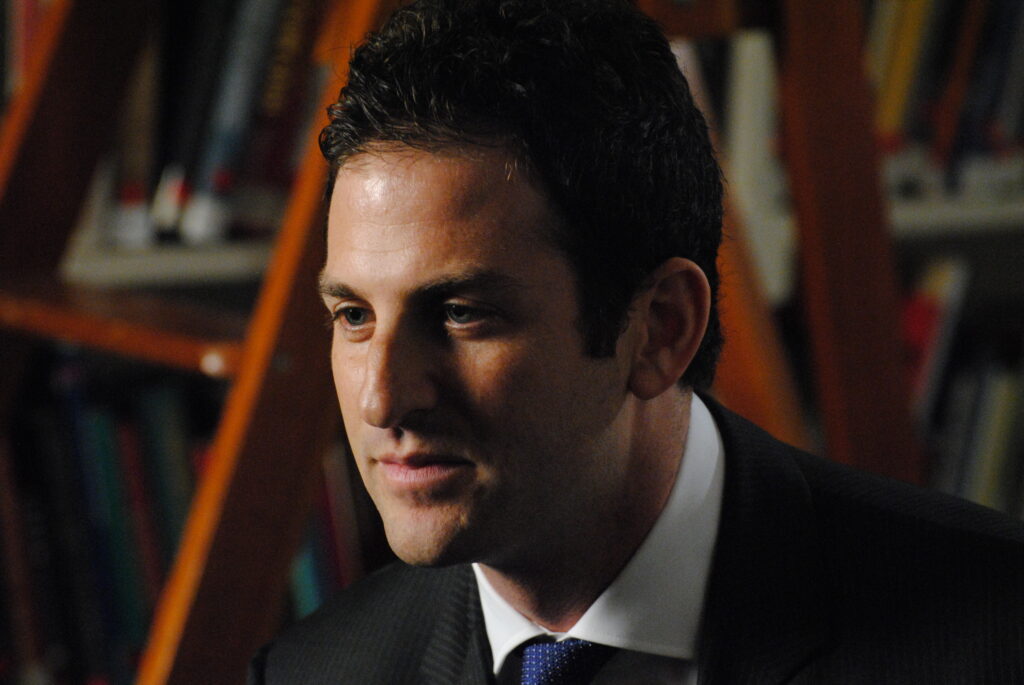
13. **The Genesis of Alphabet Inc.: A Strategic Restructuring for Future Growth**In October 2014, Larry Page initiated a profound organizational change, announcing a major management restructure designed to enable him to reduce his involvement in day-to-day product-related decision-making. This strategic realignment allowed him to dedicate more focused attention to “the next generation of ambitious projects,” which included initiatives from Google X, access and energy ventures such as Google Fiber, smart-home automation through Nest Labs, and biotechnology innovations under Calico. Page maintained that he would continue to function as the unofficial “chief product officer,” thereby retaining significant influence over Google’s strategic direction.
Following this announcement, the executives responsible for Google’s core products began reporting to Sundar Pichai, then Google Senior Vice President, who in turn reported directly to Page. This established a more streamlined reporting structure for Google’s established businesses, effectively freeing Page to concentrate on the company’s nascent and experimental endeavors. This pivotal restructuring laid the groundwork for a more significant corporate transformation.
This transformation culminated on August 10, 2015, when Page announced on Google’s official blog that the company would reorganize into a collection of subsidiaries under a new holding company, Alphabet Inc. Page assumed the role of CEO of Alphabet Inc., while Sundar Pichai was appointed CEO of Google Inc. Page articulated Alphabet as “mostly a collection of companies. The largest of which, of course, is Google. This newer Google is a bit slimmed down, with the companies that are pretty far afield of our main Internet products contained in Alphabet instead.”
Page elaborated that the primary motivation behind this reorganization was to achieve “more management scale,” enabling various companies within the portfolio to operate independently, particularly when their functions were not closely related to Google’s core internet products. He also expressed a desire to make Google “cleaner and more accountable,” enhance “the transparency and oversight of what we’re doing,” and allow greater control over previously integrated, unrelated companies. The name “Alphabet” was chosen for its dual significance: “a collection of letters that represent language, one of humanity’s most important innovations, and is the core of how we index with Google search!” It also subtly referenced “alpha-bet” (investment return above benchmark), symbolizing the company’s financial aspirations for its diverse portfolio.
Read more about: Remembering 2005? A Deep Dive into Google’s Transformative Evolution from Search to Global Tech Empire
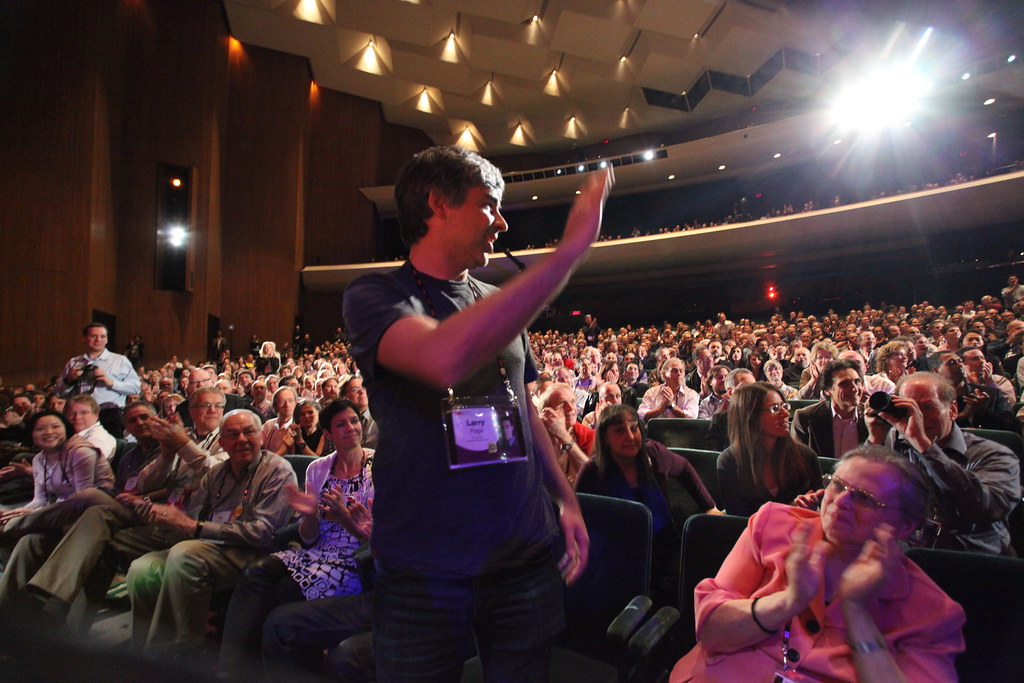
14. **Transition to a More Private Role and Enduring Influence**Subsequent to the creation of Alphabet Inc., Larry Page’s public engagement markedly diminished. While he continued to serve as CEO of the new holding company, his visible presence in day-to-day operations and public appearances became increasingly rare. He ceased participating in press conferences after 2015 and had not presented at product launches or earnings calls since 2013, indicating a clear shift away from the operational and public-facing aspects of leadership that defined his earlier tenures.
The Bloomberg Businessweek described the reorganization into Alphabet as a “clever retirement plan,” suggesting it allowed Page to retain ultimate control over the Google ecosystem while largely shedding direct operational responsibilities. Within Alphabet, executives characterized Page as a “futurist,” highly detached from daily business dealings, and primarily focused on the overarching “moon-shot projects.” His infrequent office visits were occasionally likened to a “royal visit,” underscoring his increasingly hands-off approach to direct management.
On December 3, 2019, Larry Page officially announced his decision to step down from the position of Alphabet CEO, with Google CEO Sundar Pichai assuming the top leadership role for both companies. In a joint blog post with Google co-founder and Alphabet president Sergey Brin, they stated: “With Alphabet now well-established, and Google and the Other Bets operating effectively as independent companies, it’s the natural time to simplify our management structure.” They reaffirmed their philosophy of not clinging to management roles when a “better way to run the company” presents itself.
Though he no longer holds an executive position, Page continues to exert influence as a member of Alphabet’s board of directors and remains a controlling shareholder, ensuring his lasting impact on the corporate empire he helped establish. His career trajectory—from an inquisitive co-founder to a CEO who strategically restructured a global technology behemoth, and ultimately to a more private, future-oriented advisory role—reflects a persistent drive for innovation and a distinctive perspective on organizational evolution. His profound contributions to how humanity accesses and organizes information remain immeasurable, solidifying his legacy as a transformative figure in the digital age.
Read more about: Hollywood’s High Octane: Tom Cruise’s 15 Vehicles That Define His Adrenaline Obsession
Larry Page’s career is a compelling chronicle of relentless innovation, strategic foresight, and a singular vision for how technology can reshape the world. From his early days inspired by Nikola Tesla to his pivotal role in creating Google and orchestrating its evolution into Alphabet, Page consistently demonstrated a capacity to think beyond the conventional. His unwavering commitment to “moonshot” projects, a “10X” mentality, and the fundamental belief that invention must be coupled with widespread utility has left an indelible mark on the digital landscape. As he transitions to a more private, advisory role, his influence continues to resonate, reminding us that the future of technology is ultimately shaped by those bold enough to question existing paradigms and imagine what is truly possible.


